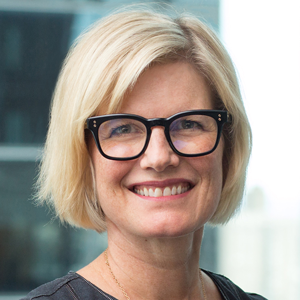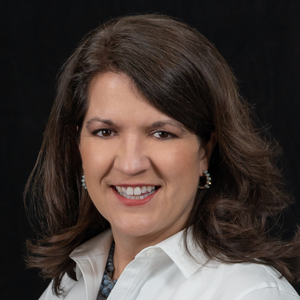Many early discoveries of how poverty and other social risk factors shape the trajectory of disease are the result of researchers leveraging large datasets to study rare events. One was the Dutch Hunger Winter, a World War II–era famine affecting millions of people in the Netherlands’ western provinces. Analyzing medical and military records, researchers discovered children born to mothers who experienced food insecurity in the first trimester were much more likely to be diagnosed with schizophrenia 30 to 40 years later.
A reverse experiment is now underway in several U.S. states. Like earlier epidemiological studies, it’s built on a once-in-a generation event: the Affordable Care Act’s expansion of Medicaid, which enabled states to begin tying information about social risks like food and housing insecurity to the medical records of roughly 18 million newly insured Americans. The historical expansion in insurance coverage created the means to evaluate, at a potentially large scale, the merits of a modern idea: paying health plans and providers to intervene when patients’ health is compromised by their living conditions.
Over the past decade, it’s become commonplace to ask patients about their access to safe housing, nutritious food, and other health-related social needs. The practice is driven partly by requirements from accrediting bodies and payers, and partly by a growing body of evidence that connecting people who have complex medical needs and few resources to social and economic supports can improve health, lessen the need for and use of health services, and, under some circumstances, reduce health spending.
Efforts to understand which interventions work best and why, however, have been hindered by U.S. underinvestment in social services, especially compared to other high-income countries. The federally funded Accountable Health Communities Model was designed to assess the impact of having health care providers refer patients with health-related social needs to community-based organizations (CBOs) for help. It yielded mixed results, in part because of the difficulty of finding resources to support patients.
Several states are working around this challenge by granting health plans and providers that have assumed financial risk for Medicaid beneficiaries the flexibility and, in some cases, funding to address patients’ health-related social needs. The goal of paying for healthy meals for patients with heart failure, mold remediation for people with asthma, or appliances to store insulin is not to solve poverty, but to maximize the value of existing health care investments.
It’s about helping people get healthier in a more efficient way.

In June 2023, the federal Center for Medicare and Medicaid Innovation (CMMI) adopted a similar approach. It offers primary care practices participating in Making Care Primary, an alternative payment model, $2 to $25 per beneficiary per month for providing care management services, which can include assessing and responding to health-related social needs. Higher payments are directed to providers caring for Medicare beneficiaries who receive low-income subsidies and people with complex medical needs who are living in economically depressed areas.
Health care providers and health plans, especially those incentivized to reduce spending, are well positioned to identify people whose health would benefit from additional support. But these dollars must be invested in ways that build community capacity to meet identified social needs. To understand how medical practices are responding to the new incentives and partnering with CBOs to meet patients’ social needs, we looked to Massachusetts and Minnesota. These states were among the first to expand their Medicaid programs to low-income, childless adults. They were also among the first to adjust provider payments to account for social risk factors and to use financial incentives to encourage providers to work with local partners in the community.
In the Land of Ten Thousand Lakes, Letting a Thousand Flowers Bloom
Minnesota’s strategy is linked to an accountable care program the state launched in 2013 that incentivizes providers to coordinate the medical, behavioral health, and social services that Medicaid beneficiaries receive. Most of the state’s largest health systems participate in the Integrated Health Partnerships (IHP) program, which offers them upfront payments for care coordination and a share of the savings they achieve.
From research, state leaders knew that Medicaid enrollees living in poverty and facing challenges like homelessness, prior incarceration, and involvement in the child welfare system have significantly higher rates of chronic disease, higher mortality rates, and potentially avoidable emergency department (ED) visits and hospitalizations. In response, they increased IHPs’ care coordination payments beginning in 2018 to account for social risk factors already evident in state data.









